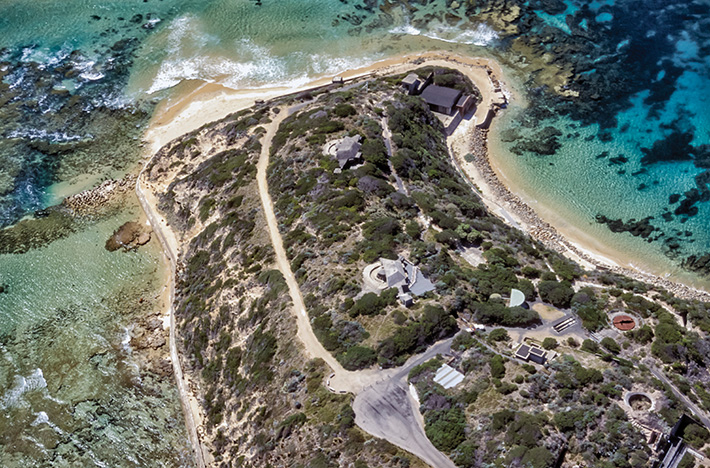
THE focus of the master plan eventually adopted by the state government for Point Nepean National Park is likely to take a broad approach, rather than focussing just on developing the Quarantine Station precinct.
The plan will take account of Point Nepean’s connections to Point Lonsdale, the marine national park, its occupation and use by Aborigines as well as “appropriate” commercial and educational developments.
A report being released this week on the results of public consultations earlier this year is seen as the first step towards the adoption of a master plan largely based on one favoured by the state in 2010.
Shelley Penn, hired as a consultant to facilitate the public consultation process by Parks Victoria, said on Friday it was important for the government to “act and act quickly” after the adoption of a master plan.
One of her recommendations is that extra time be given to Parks Victoria in producing its master plan.
“I worry if they have to rush to meet an artificial deadline,” Ms Penn said. “I want them to do it properly.”
Ms Penn said there was a need for “other expertise around the economic analysis” and for the government to “avoid [the master plan] sitting there with nothing being done”.
“There was resounding agreement [resulting from the public consultations] that Point Nepean has the values of a national park, with high conservation values and varied and layered histories,” Ms Penn said.
She said the adopted master plan would need to “give the community a sense of what could happen”.
“The government would then need to identify early actions, but not necessarily those that require large amounts of money.”
Ms Penn said the differences required to the 2010 master plan included enlarging the scope of the plan to include economics, the marine sanctuary, cultural and ecological links between Point Nepean and Point Lonsdale, maritime history (shipwrecks) and “what is unique about the national park and its potential attractions to visitors”.
“Point Nepean can mean different things to many people. [Since the 2010 plan] there has been a richer appreciation of the significance of the park.”
Ms Penn said the final master plan must assess the “carrying capacity” of the park, accessibility and its “seasonality”.
“How many people are too many? We need to balance this against potentially damaging the park. There’s so much potential, but this is a hard nut to crack.”
Ms Penn stressed the importance of choosing the “right operators” to provide accommodation and educational services.
She was critical of the signing of a memorandum of understanding between the state government and the University of Melbourne in the lead-up to the 2 July federal election.
The then state Minister for Environment, Climate Change and Water, Lisa Neville, said the agreement for university to establish a marine research centre in part of the heritage listed former quarantine station would not pre-empt outcomes of the process by Parks Victoria “that will inform the Point Nepean master plan that is currently underway”.
Ms Neville said the federal government’s $2.1 million would have been lost if the state had not reached agreement with the university.
Ms Penn called for the MOU to be “publicly released”, saying that it did not support Melbourne University being the preferred occupier.
“The master plan should be open to all [educational] options and my report recommends the MOU be set aside by Parks Victoria.”
Ms Penn feared the involvement of Melbourne University “might be considered a fait accompli”.
Ms Penn’s report – to be followed by another after release of the draft master plan – also covers the use of heritage-listed buildings at Point Nepean, Aboriginal heritage, the impact and management of such events as the annual polo tournament and music festivals.
First published in the Western Port News – 26 July 2016




